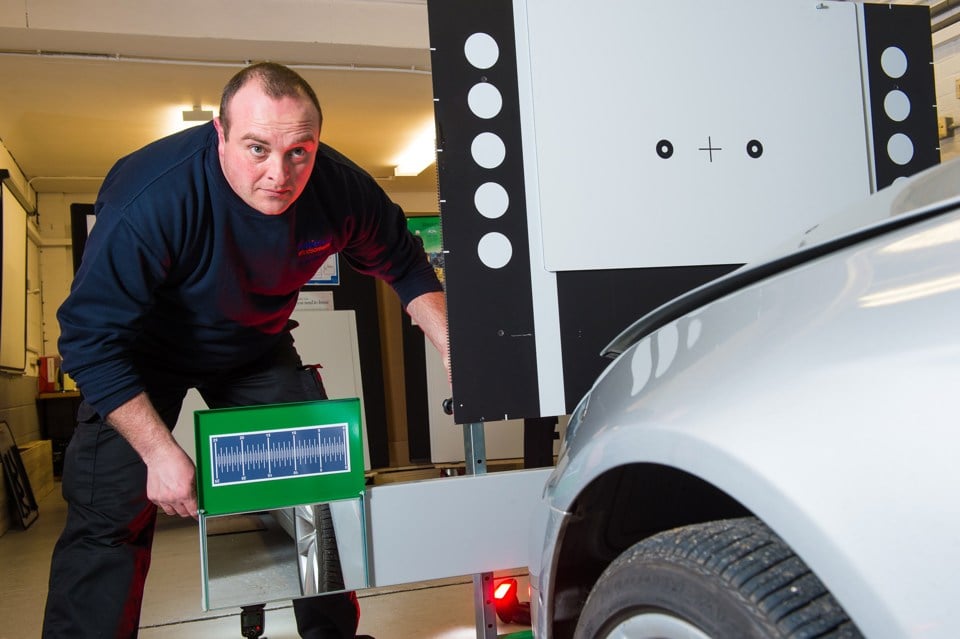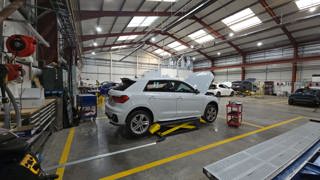A Code of Practice has been introduced that provides clear guidance on the recalibration of safety technology during the fitment windscreens.
Led by Thatcham Research with National Windscreens taking a pivotal role, the Advanced Driver Assistance Systems (ADAS) Glazing Code of Practice ensures camera calibration is undertaken according to manufacturer’s requirements after a windscreen has been replaced.
An increasing number of vehicle manufacturers are using ADAS to ensure their vehicles meet the highest European safety ratings.
The camera technology is used for systems such as Automatic Emergeny Braking, Lane Departure Warning and Road Sign Recognition.
Six per cent of vehicles on the road already have ADAS technology fitted and more than 40% are anticipated to have at least two types of driver assistance systems fitted by 2020.
However, if accurate calibration of the windscreen mounted camera, used as an integral part of these safety systems, is not carried out following a windscreen replacement then the ADAS safety features may not work as intended and could prove a danger to drivers and other road users.
Martyn Bennett, regional director at National Windscreens, said: “The issue of ADAS camera calibration is here and now. National Windscreens has undertaken approaching 1,000 calibrations and the numbers are growing rapidly.
“Publication of this Code of Practice is a good start towards ensuring everyone works to the appropriate standard. At the moment it seems there is a lack of awareness in many areas, including aftermarket, fleet and insurers, about the fact that this growing calibration requirement is happening now.”
Tim Camm, technical manager at National Windscreens and member of the Thatcham ADAS Repair Group, added: “National Windscreens has been undertaking calibration in line with this new Code of Practice for several months but this has only been possible through a £1 million investment in equipment and training.
“We hope this new Code of Practice will ensure that all windscreen replacement organisations operate to the required standard and hence avoid the major safety concerns associated with driving a vehicle with an ADAS camera that has not been calibrated correctly.
“An ADAS camera is a critical part of the operation of a host of safety systems on a vehicle so if it is wrongly calibrated it can have potentially disastrous results.”


















Login to comment
Comments
No comments have been made yet.